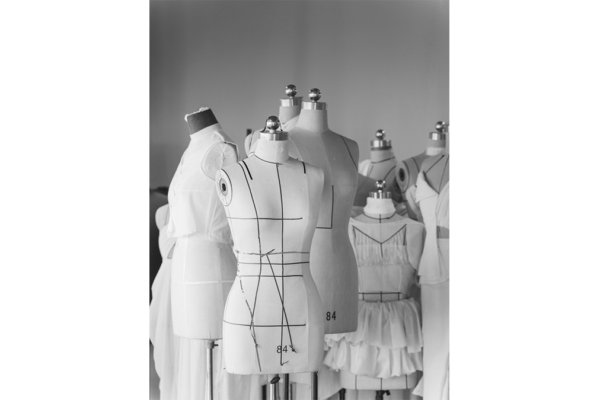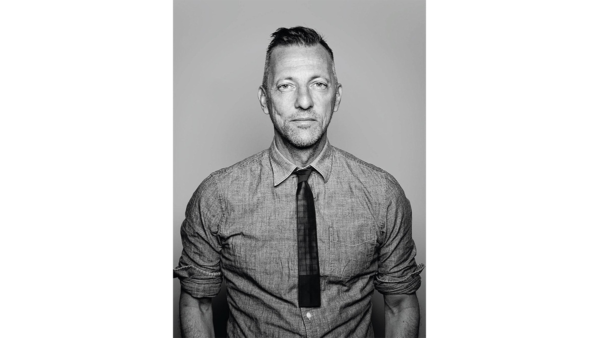“Haute Couture is a return to our roots and an opportunity for the future”
On July 7, Balenciaga presented its first Haute Couture collection for 53 years. Cédric Charbit, the House’s President and Chief Executive Officer, explains the thinking behind this remarkable return and its implications.
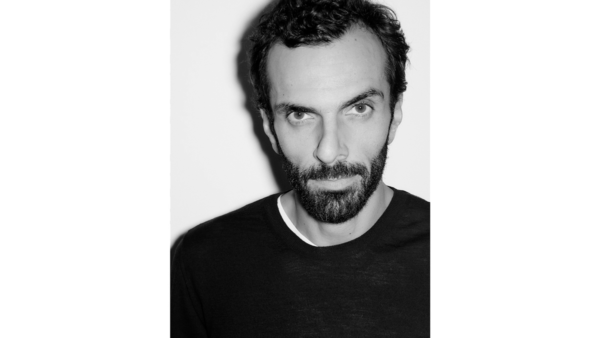
What does Haute Couture mean for Balenciaga?
Cédric Charbit: Haute Couture was the House’s starting point, its origin, the reason why it was founded by Cristóbal Balenciaga in 1917. It was also its only activity until 1947, when the couturier launched his first perfume. Cristóbal Balenciaga dedicated his whole life to Haute Couture, which is what made the House so iconic and timeless. And when he decided to close the House in 1968, it was because he believed the emergence of ready-to-wear signaled the end of couture as he knew it.
So, the House’s destiny has always been inseparable from Haute Couture. And the reverse is also true: the history of Haute Couture would not be complete without Balenciaga. The Sac dress, the Tonneau shape, and the Baby Doll dress all had a profound influence on fashion in the second half of the 20th century and are part of our collective imagination. Cristóbal’s genius was also recognized by his peers: Gabrielle Chanel called him “the only true couturier” and Christian Dior, who admired him, notably declared: “Haute Couture is a great orchestra that only Balenciaga knows how to conduct. As for all the other creators, we just follow his lead.”
This status, this heritage, is an integral part of Balenciaga’s identity. It’s a legacy that you receive when you join the House. It’s why the presentation of a new Haute Couture collection, the House’s 50th after a 53-year break, is a fundamentally important moment.
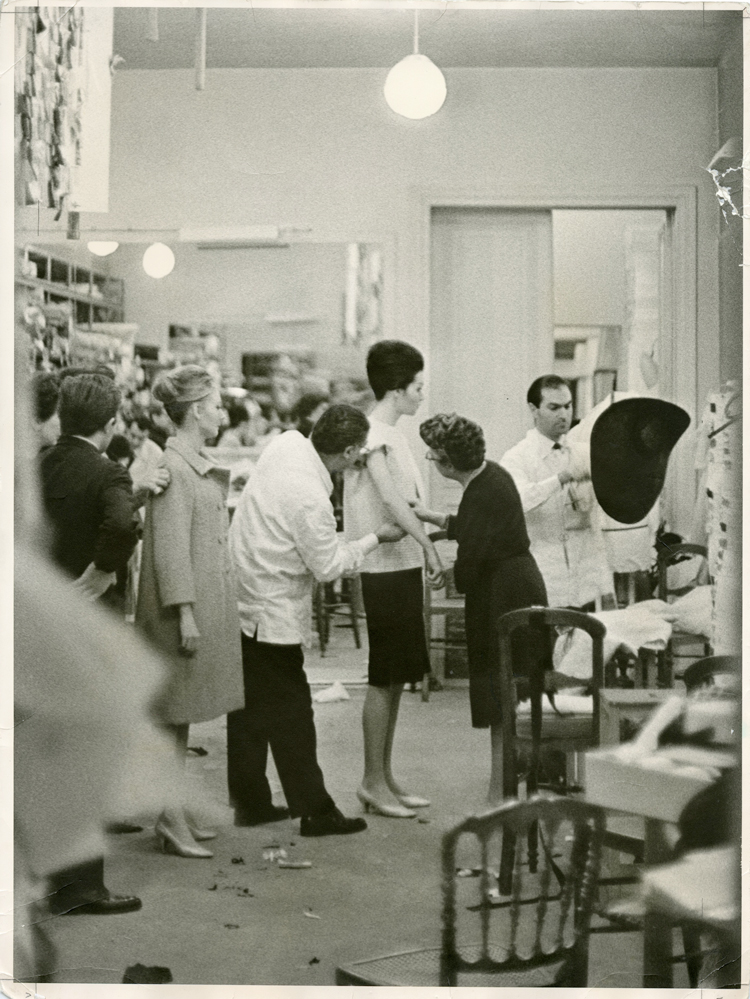
You have been Balenciaga’s CEO since 2016. What led to your strategic decision to return to Haute Couture?
My obsession since I arrived has been to position Balenciaga where it belongs. And Haute Couture is a dream I’ve shared since the start with Demna Gvasalia, the Artistic Director since 2015. We talked about this project as soon as we started working together. For him, and for me, it seemed an obvious move: without Haute Couture, Balenciaga wasn’t really Balenciaga. For Demna, it’s as much a ‘creative duty’ as a mission. But we couldn’t cut any corners. Don’t forget that the House was dormant for 30 years, from 1968 to 1997. So, the first task was to restore the House’s relevance for today’s world, to make it desirable once again, and to put Balenciaga back in its rightful place at the center of fashion…
Since 2015, Demna’s work has focused on ready-to-wear and accessories, which have addressed a very large market and have enjoyed both the critical acclaim and commercial success that we all know. As a result, Balenciaga is once again an esteemed brand, one that is desired and that leads trends.
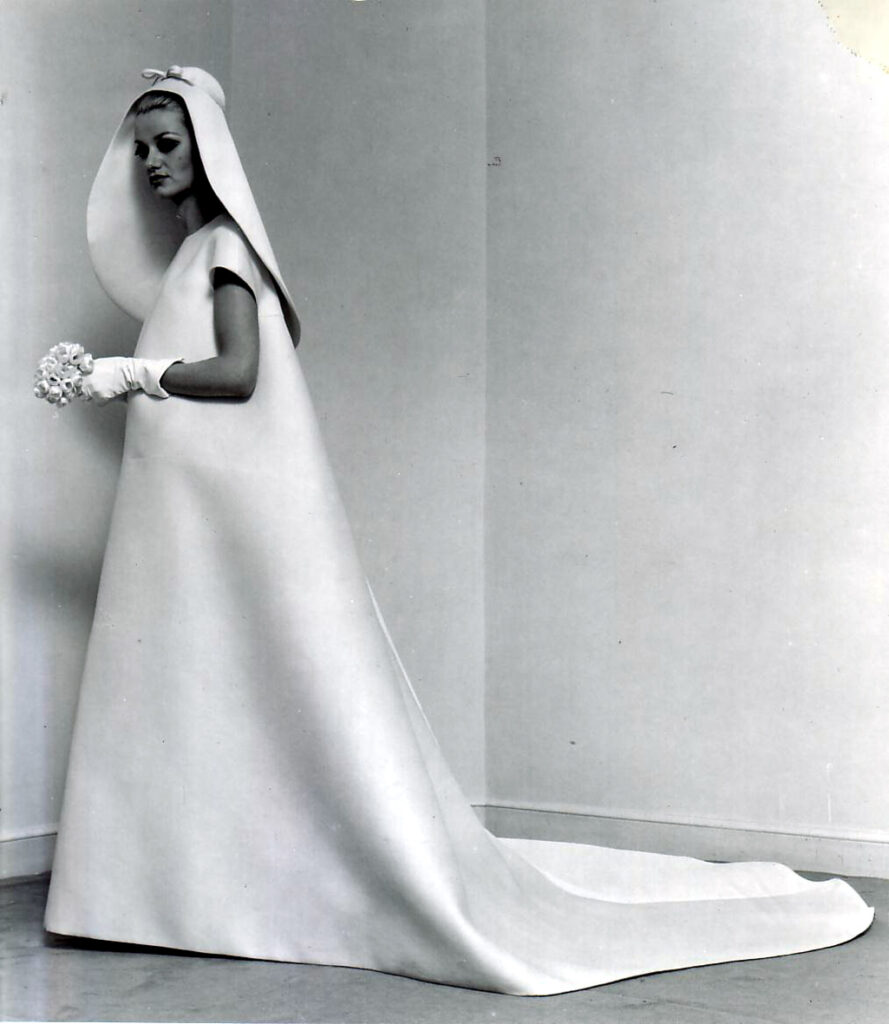
Thanks to this achievement, we have a solid base on which to start building the next stage – the return to Haute Couture. To make a decision like that, you need to be able to mobilize significant resources, as Haute Couture requires the very highest and most demanding levels of excellence. It’s a question of respect for Cristóbal Balenciaga and his heritage.
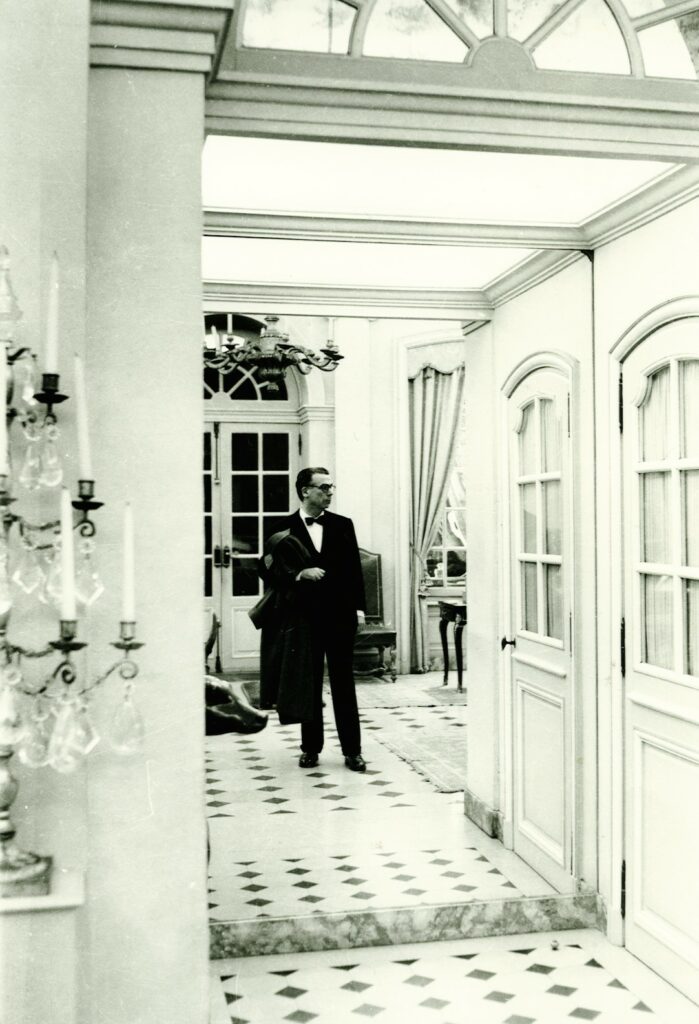
How does Demna Gvasalia’s creative vision tie in with the heritage of Cristóbal Balenciaga?
Demna has a very special relationship with Cristóbal Balenciaga. From the very first collections, he captured his spirit, he drew on it, and he gave it a contemporary interpretation. There is a real sense of a lineage between the two. But Demna is not one for nostalgia. And that’s very important, as Couture needs to be relevant for the here and now, and take the brand into the future
It’s true that his appointment came as a surprise to some observers. But there is a lot of common ground in the universes of these two creators. In his time, Cristóbal himself offered a very distinctive approach to fashion, willingly playing with notions of beauty and ugliness, creating unexpected proportions and experimenting with new materials… Some people criticized him for being too avant-garde.
They are both radical. There are various facets of the House’s universe, and Demna’s creative vision is perfectly suited to that. He has this unique ability to bring together the street and couture, to combine highly conceptual esthetics with others that are easier to grasp.
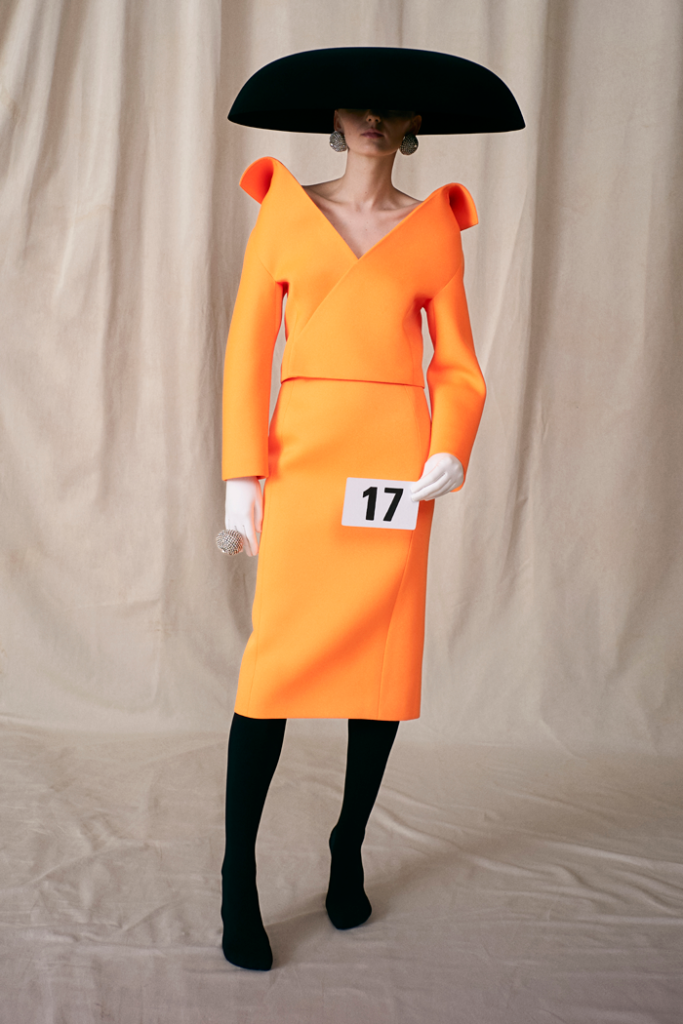
Aside from their creative visions, I can also see similarities in terms of their approaches. Like Cristóbal, Demna is technically outstanding. He’s more than a ‘designer’, as he likes to sew, to handle the clothes, to deconstruct them and get into the retail detail of their architecture. I’m convinced that this lineage aspect has been key to the House’s success since Demna’s appointment.
There’s also another reason why the return to Haute Couture is a major event. It will enable us to project Demna’s creative vision and universe even further and to demonstrate, as if it’s still necessary, his sheer mastery of fashion and his multilayered vision from ready-to-wear to Couture.
At an operational level, what resources, expertise and organizational structure have you put in place for the launch of the Haute Couture activity?
First of all, Haute Couture has to obey very strict rules – it’s the price you pay for excellence. We have, of course, abided by these rules by recruiting the necessary skills and resources, by building dedicated teams, and by seeking the best artisans to prepare this collection.
After that, we naturally wanted to demonstrate continuity and respect for our heritage. This is why we decided to locate the salon at number 10, avenue George V, near the Champs-Élysées. It’s the very place where Cristóbal founded his House when he left Spain for Paris in 1937, and where he presented every single one of his collections. On the first floor, we recreated the salon exactly as it was in his day, while on the ground floor, we have created an exhibition space where we highlight the work of our founder. You can see his scissors, his coat, archive photos… It’s not about being nostalgic, but about highlighting our origins and heritage, because we are proud of them and they are deeply inspirational for us. We can be innovative and respectful at the same time.
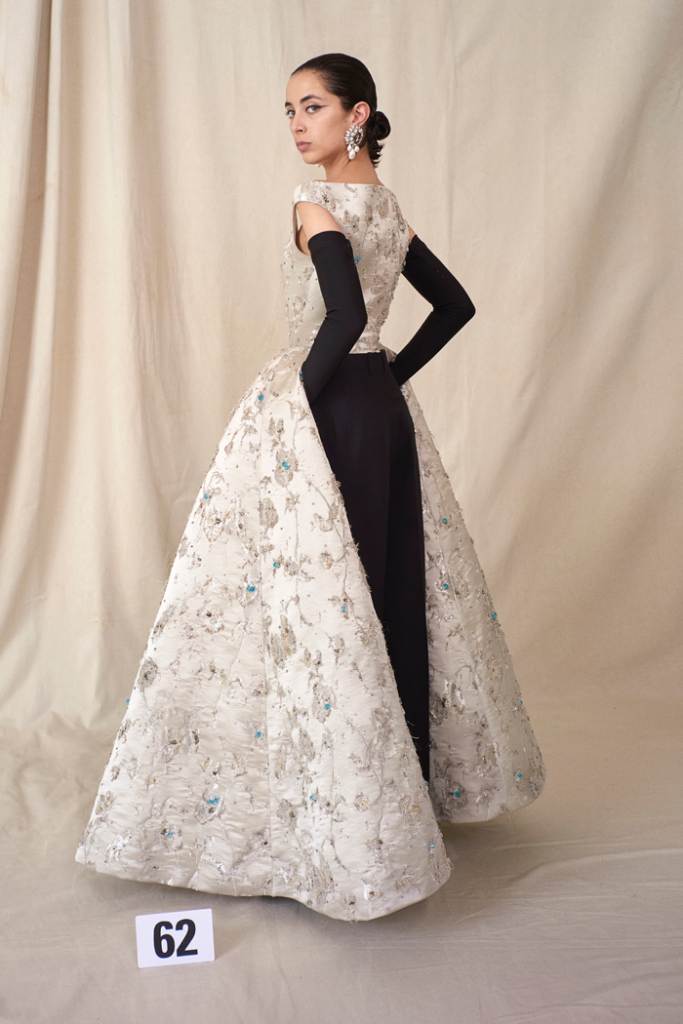
To what extent does Haute Couture give the House fresh ambition?
Haute Couture is all about creativity, know-how and innovation – and taking them to the very maximum. It’s a fantastic laboratory for experimenting and innovating, and is undoubtedly a source of inspiration for our other collections.
The resources involved are incomparable; the timescales and the exacting nature of the demands are like nothing else. But the end result is that you produce genuine masterpieces.
By offering Demna Gvasalia a new field of expression, and by bringing together timeless know-how with a modern creative vision, the Haute Couture collections will bring a new richness to our narrative. For people who know us already and for new audiences too, it will give us the opportunity to present our universe in a more structured and more complete way, one that is even more creative. This collection will give many of the House’s enthusiastic followers a better understanding and appreciation of its heritage.
We are living through a decisive time in the history of Balenciaga. It’s both a return to our roots and a strategy for the future. And it will influence the very high ambitions we have for the House’s development in the years ahead.
